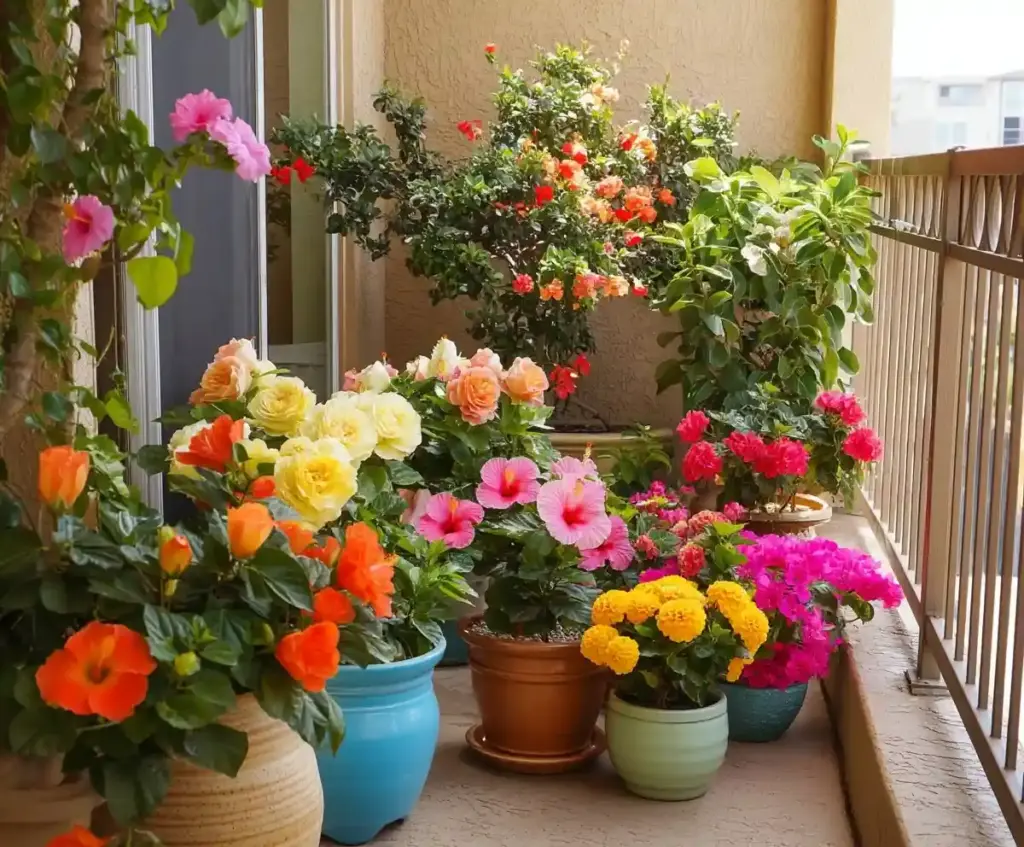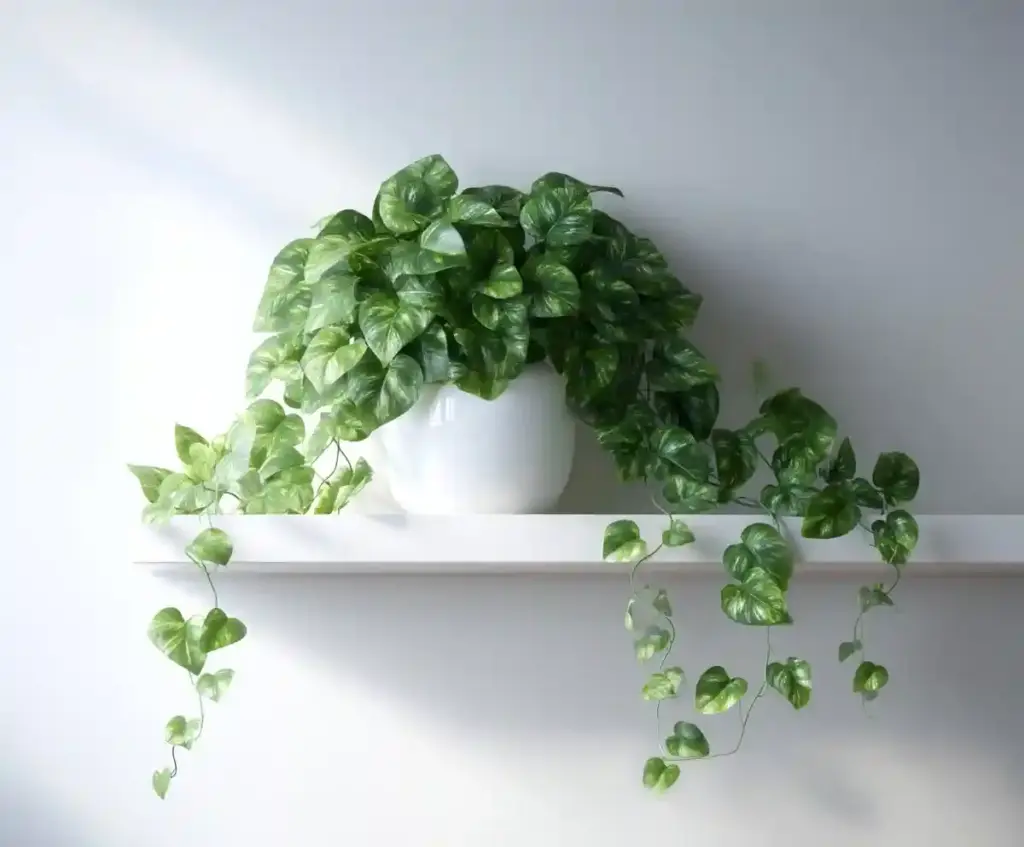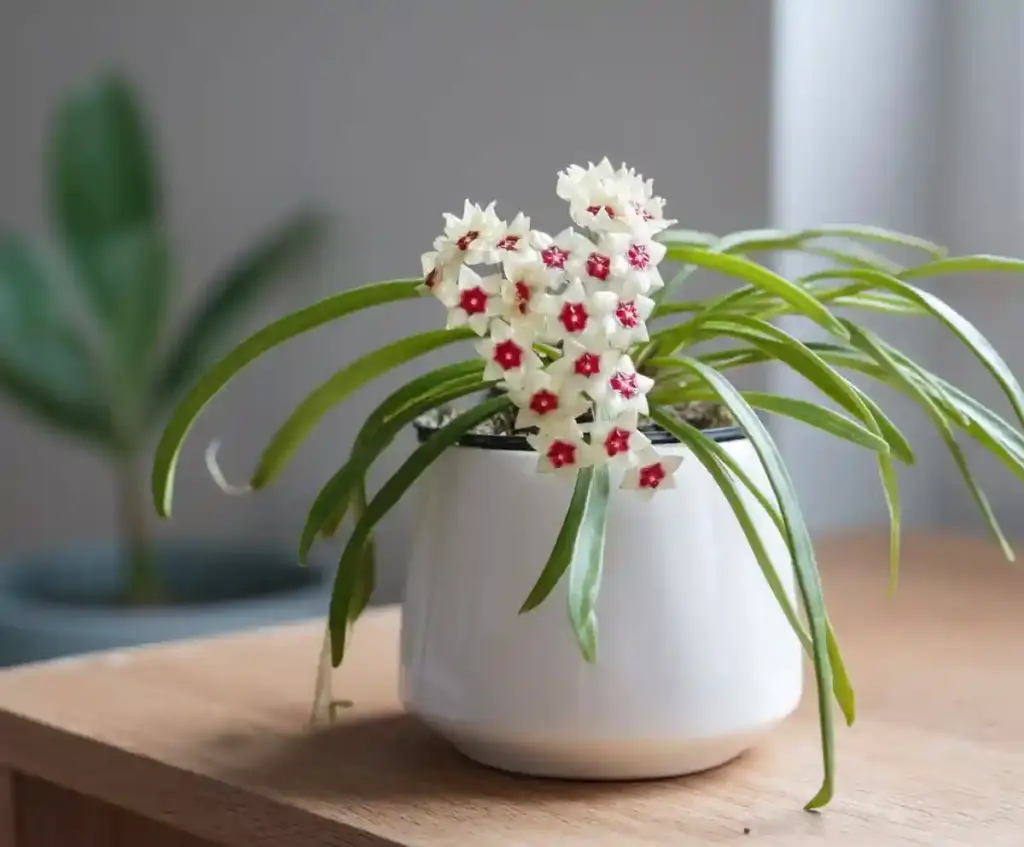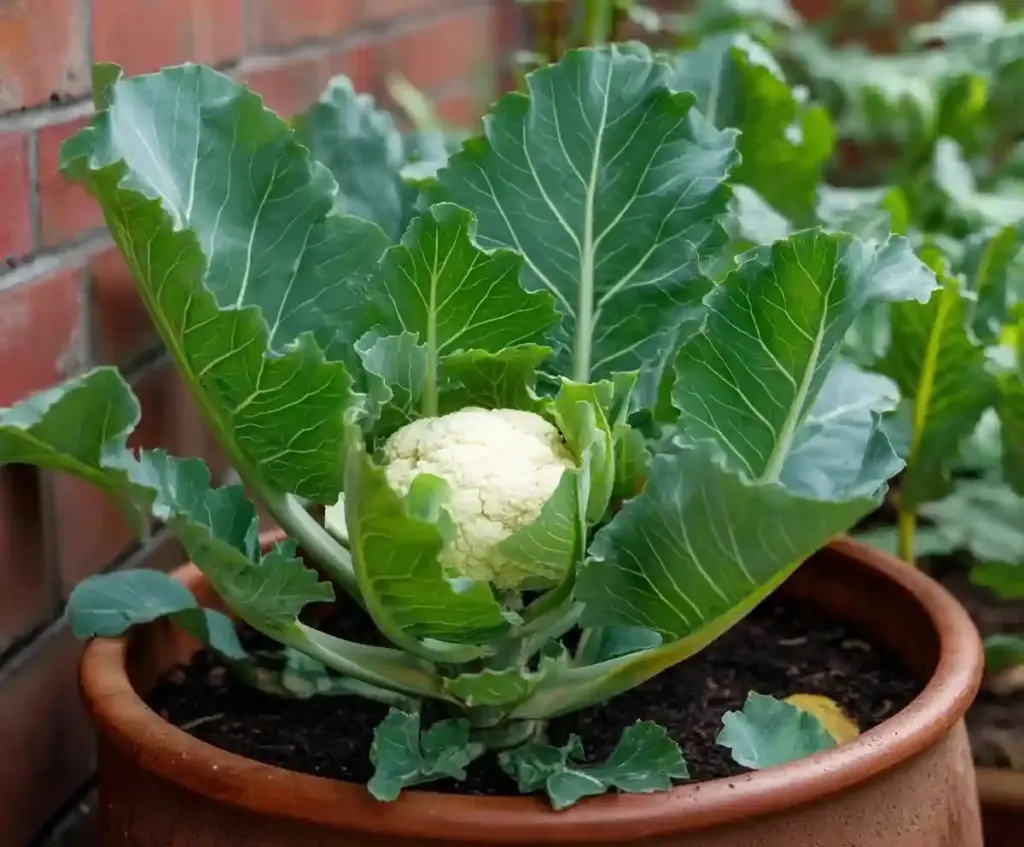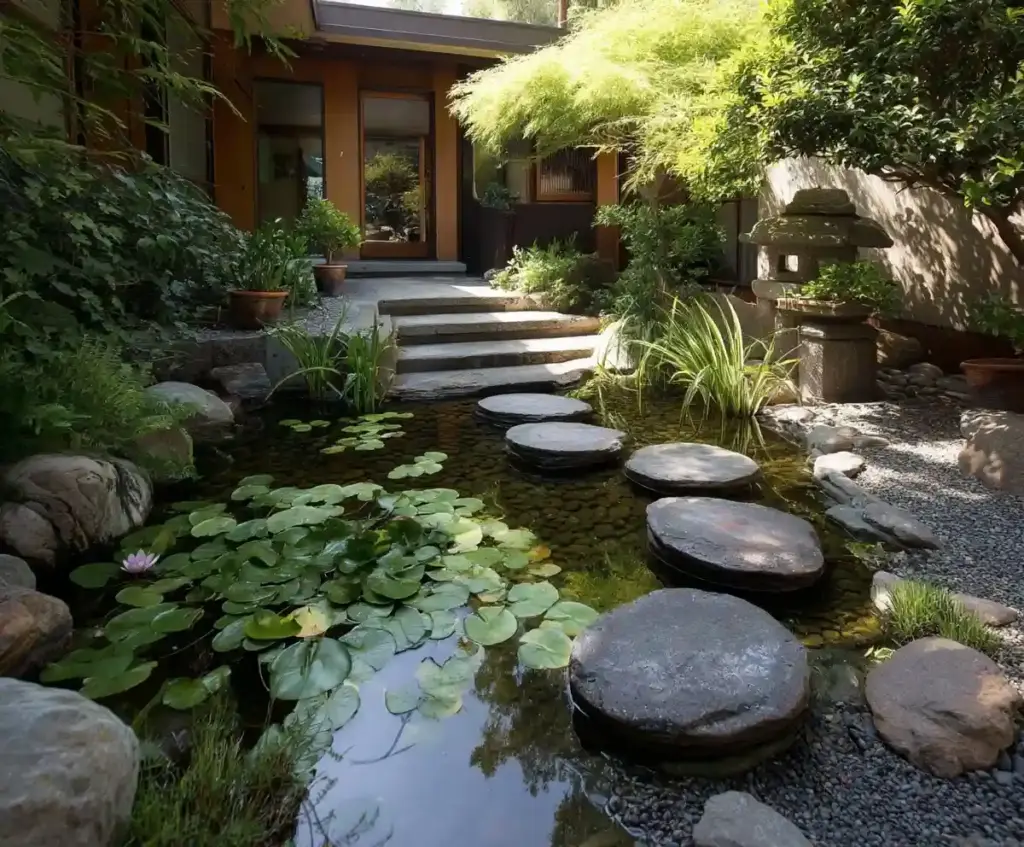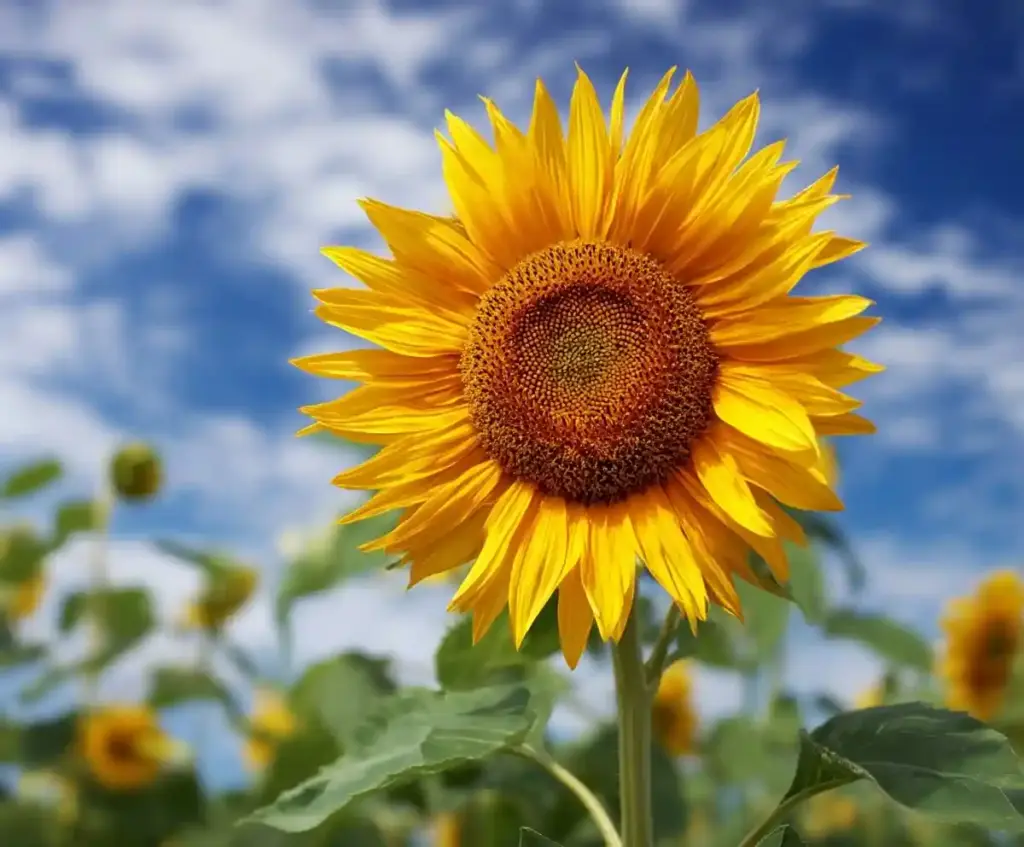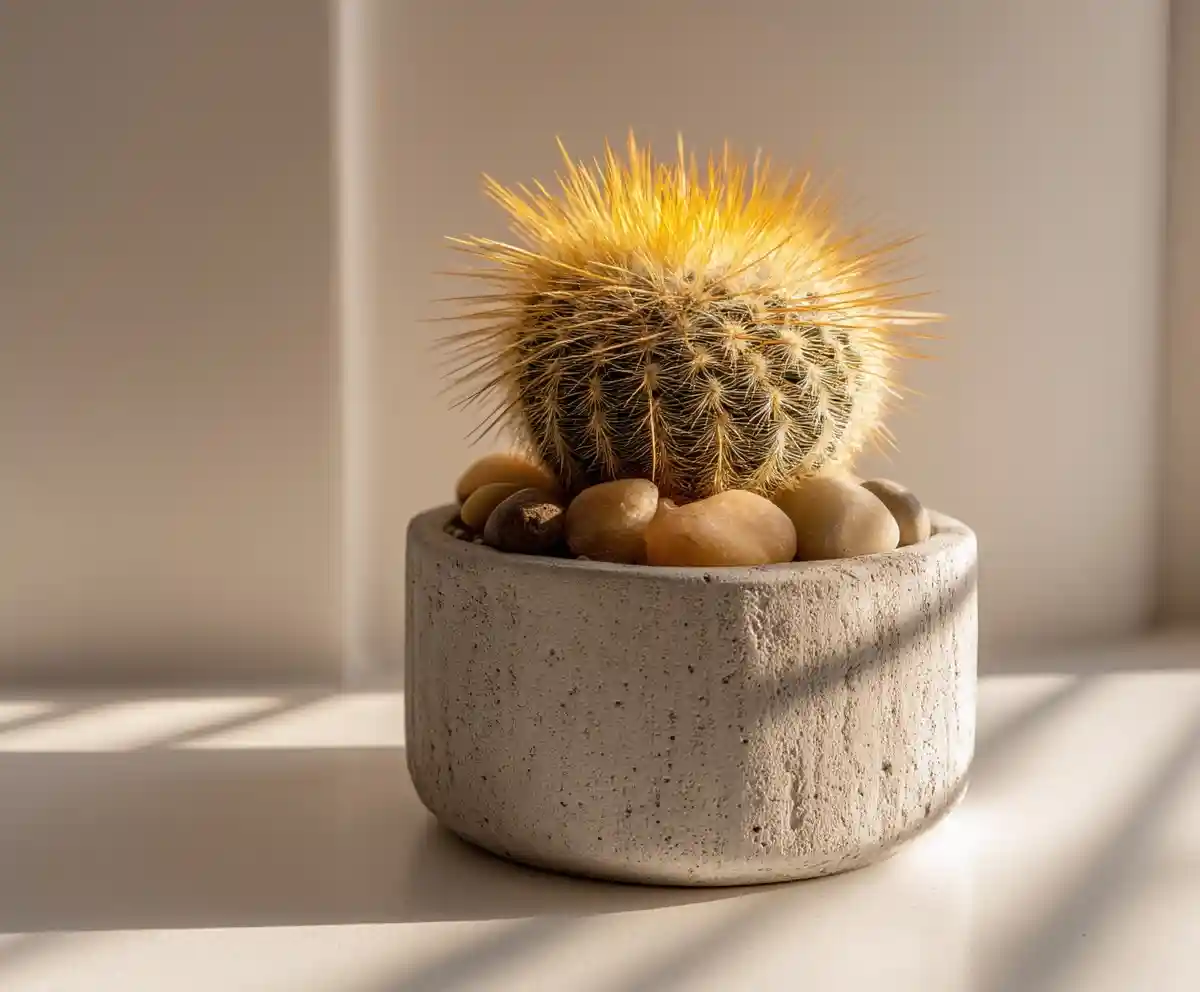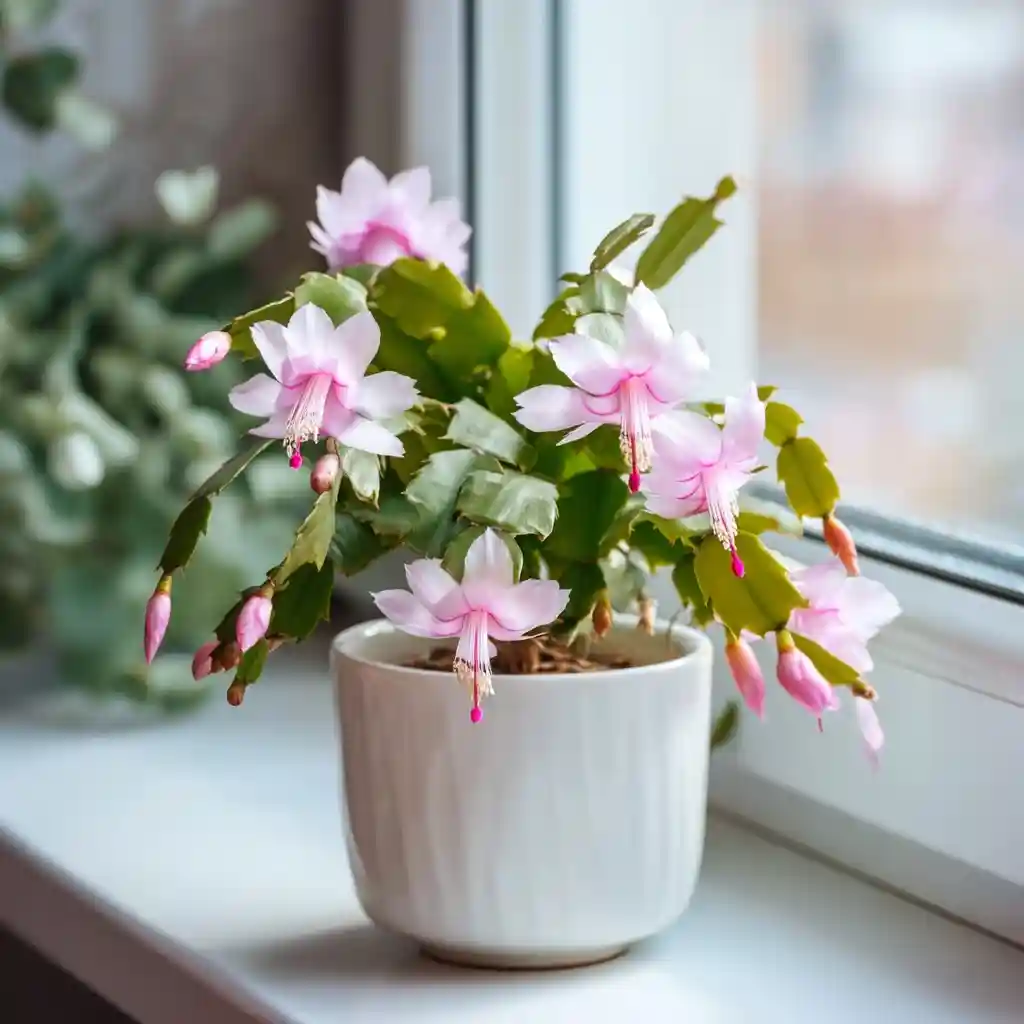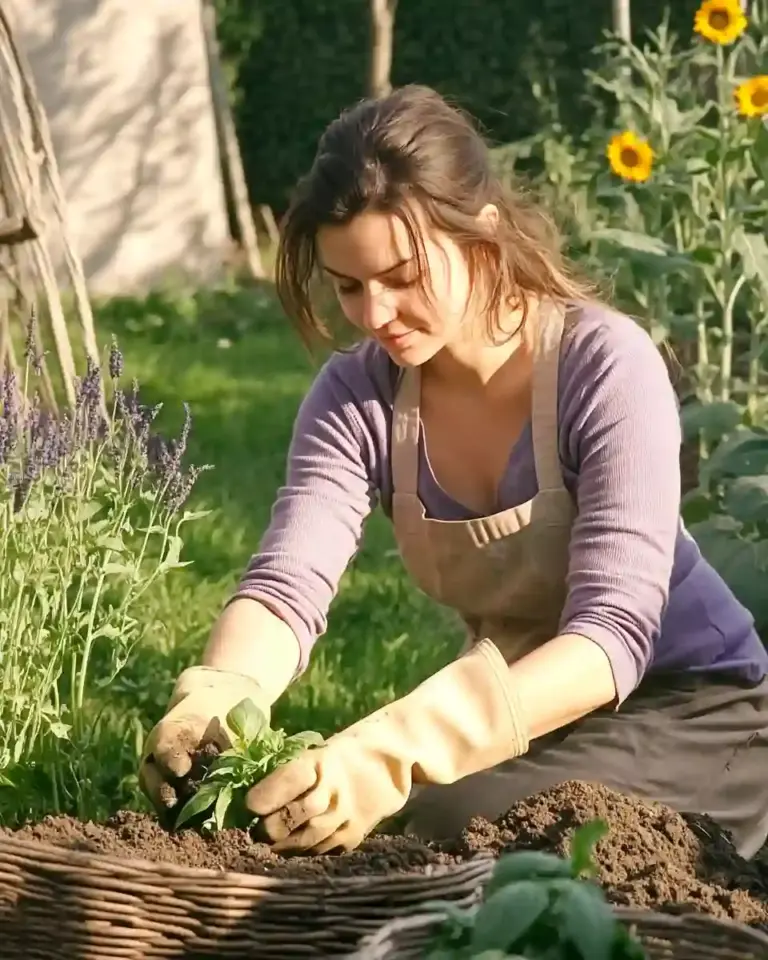A cactus plant is the perfect addition to any indoor space, combining low maintenance with high style. Whether you live in a sun-soaked apartment or just want to bring a bit of the desert indoors, cactus plants offer variety, charm, and a surprising amount of personality. With so many shapes, textures, and blooming seasons, there’s a cactus plant to suit every room and plant lover.
This guide highlights 10 of the best indoor cactus plants—each one unique, beginner-friendly, and ideal for adding a touch of greenery without the fuss.
Table of Contents
1. Christmas Cactus
The Christmas cactus plant is a festive favorite, especially during the colder months when many other plants are dormant. Unlike traditional desert cacti, this species comes from tropical forests and features flat, segmented stems with vibrant pink, red, or white blooms.
It typically flowers around late December, making it a popular holiday gift or living decoration. What sets it apart from other cactus plants is its preference for indirect light and slightly more moisture—perfect for indoor environments.
With proper care and occasional pruning, a Christmas cactus plant can bloom year after year, becoming a cheerful tradition in your home.
2. Easter Cactus
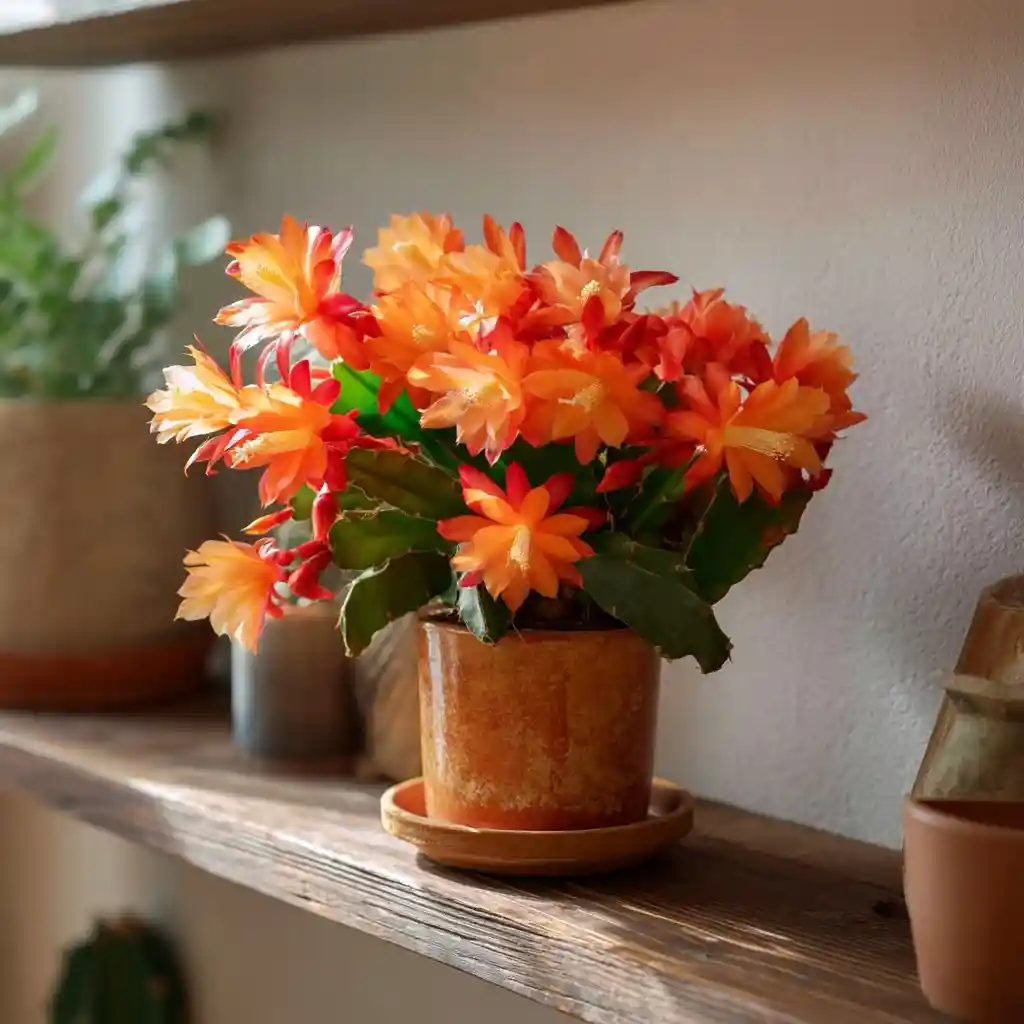
The Easter cactus plant is another festive bloomer, but this one shows off its colors in early spring. Known for its bright star-shaped flowers in shades of pink, red, or coral, it brings a cheerful burst of color to your home just as the days start to warm up.
Like the Christmas cactus, the Easter cactus prefers humid environments and bright, indirect light. Its segmented stems are slightly rounder and less jagged, giving it a softer appearance. This cactus plant also appreciates a light misting every now and then, mimicking the moisture of its native rainforest habitat.
With its seasonal blooms and gentle growth habit, the Easter cactus is a lovely way to welcome spring indoors.
3. Barrel Cactus
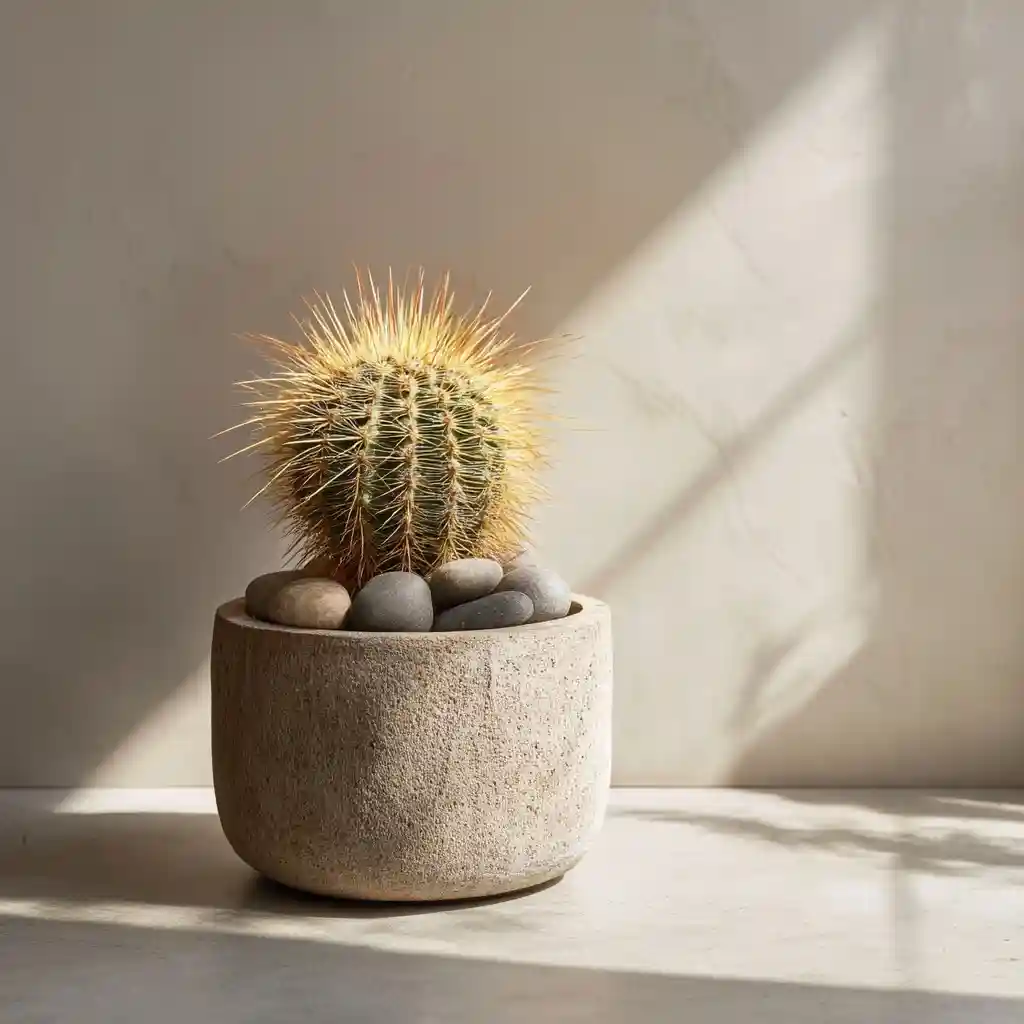
Round, spiny, and full of personality, the barrel cactus plant is a bold and sculptural addition to any indoor space. Its spherical shape and distinctive ridges give it a striking appearance, and it’s often seen as a symbol of the classic desert aesthetic.
Native to arid regions, the barrel cactus thrives on minimal water and plenty of sunlight. Place it in a south-facing window and let the soil dry out completely between waterings. It’s nearly foolproof, making it an excellent choice for beginners or anyone with a busy schedule.
Its slow growth and unique look make the barrel cactus plant both a conversation starter and a long-term houseplant companion.
4. Bunny Ear Cactus
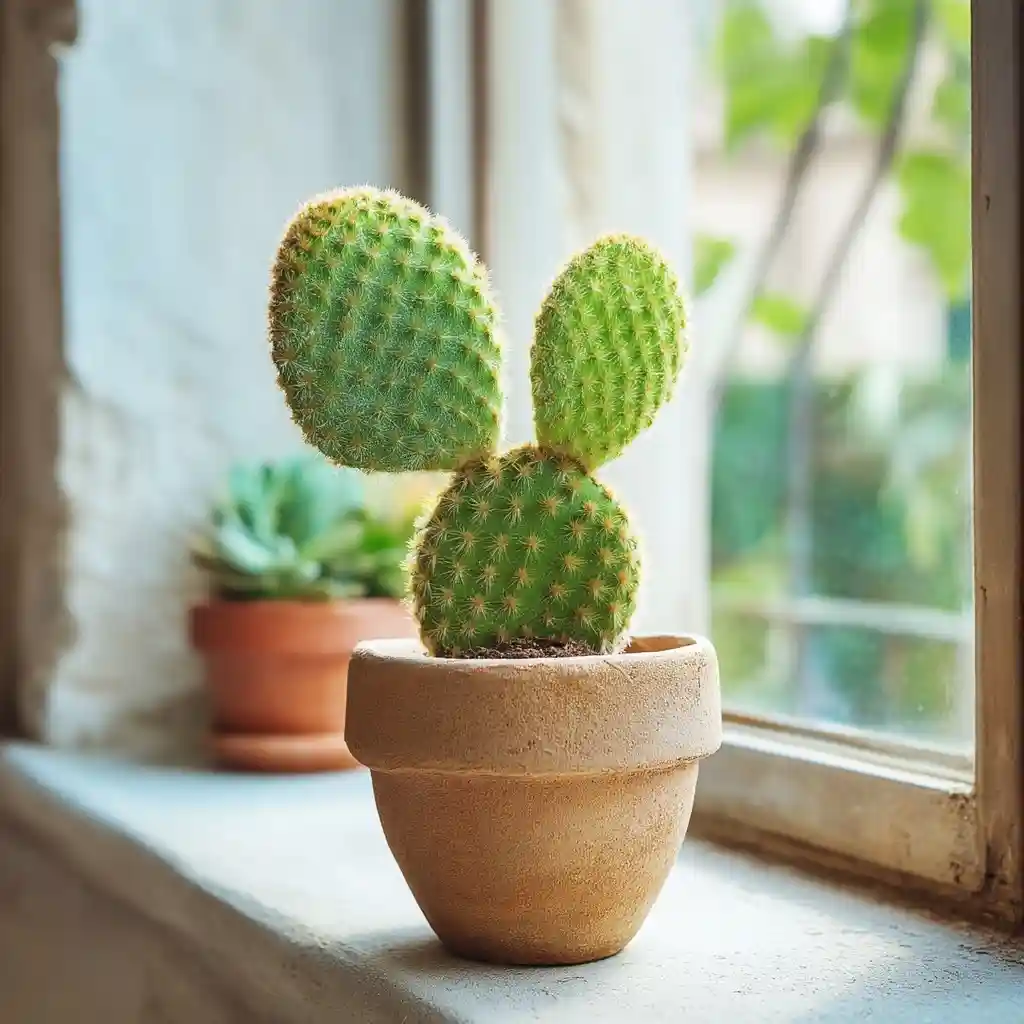
With its charming pad-like stems, the bunny ear cactus plant (also known as Opuntia microdasys) looks just like its name suggests—like a pair of soft green ears sticking up from a pot. But don’t let the cute looks fool you—those tiny white or yellow dots, called glochids, are sharp and should be handled with care.
This cactus plant thrives in bright light and requires very little water, especially in winter. It prefers dry air and warm temperatures, which makes it ideal for sunny indoor spots like a kitchen windowsill or a south-facing shelf.
The bunny ear cactus adds a playful, modern touch to your décor and is a favorite among minimalist plant lovers and collectors alike.
5. Hedgehog Cactus
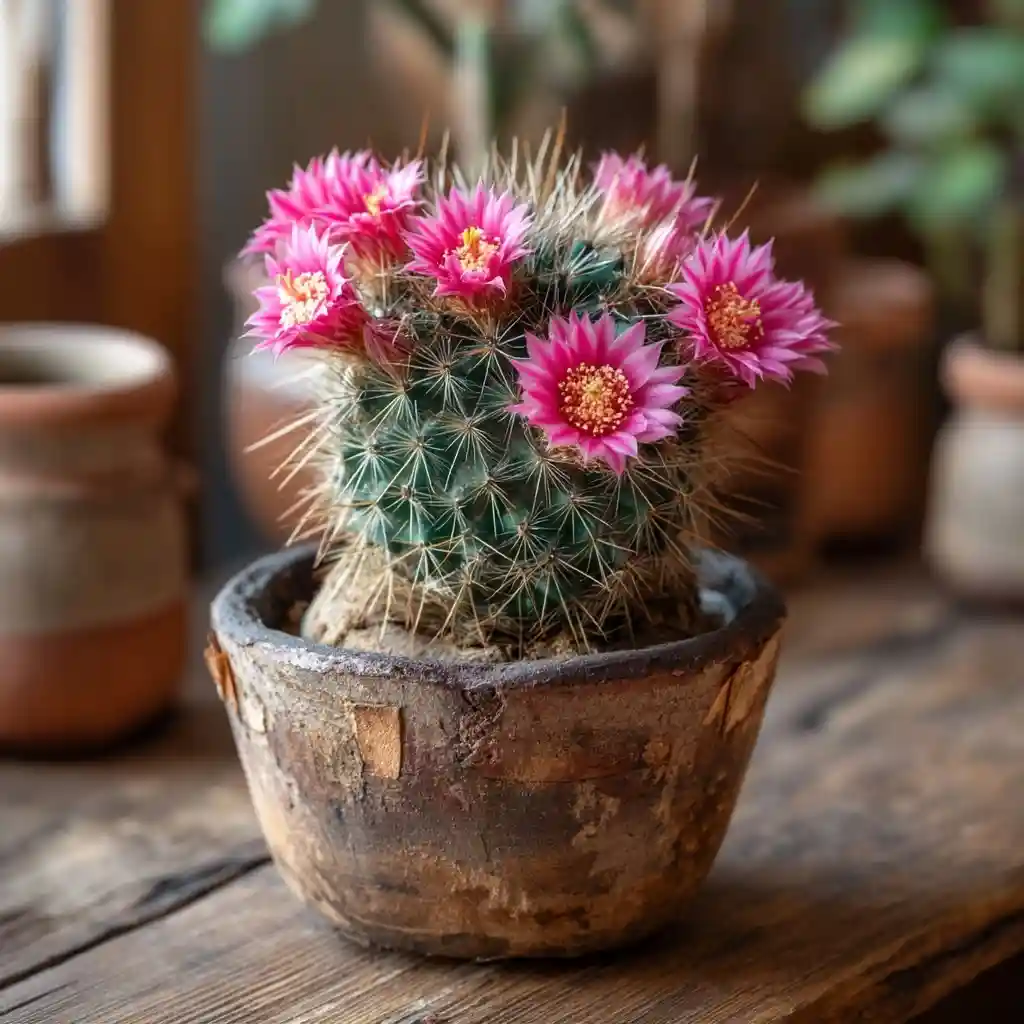
Small but striking, the hedgehog cactus plant is named for its clustered, spiny stems that resemble—you guessed it—a hedgehog. Native to the southwestern U.S. and Mexico, this cactus brings a wild, desert charm to your indoor collection.
What makes the hedgehog cactus especially appealing is its vibrant bloom, often in shades of purple, pink, or red. These flowers burst open in spring or early summer, creating a vivid contrast against its prickly body.
Like most cactus plants, it thrives in well-draining soil, lots of sunlight, and low humidity. Let the soil dry completely between waterings to avoid root rot. Compact and colorful, the hedgehog cactus is an eye-catching addition to desks, windowsills, or small spaces.
6. Fishbone Cactus
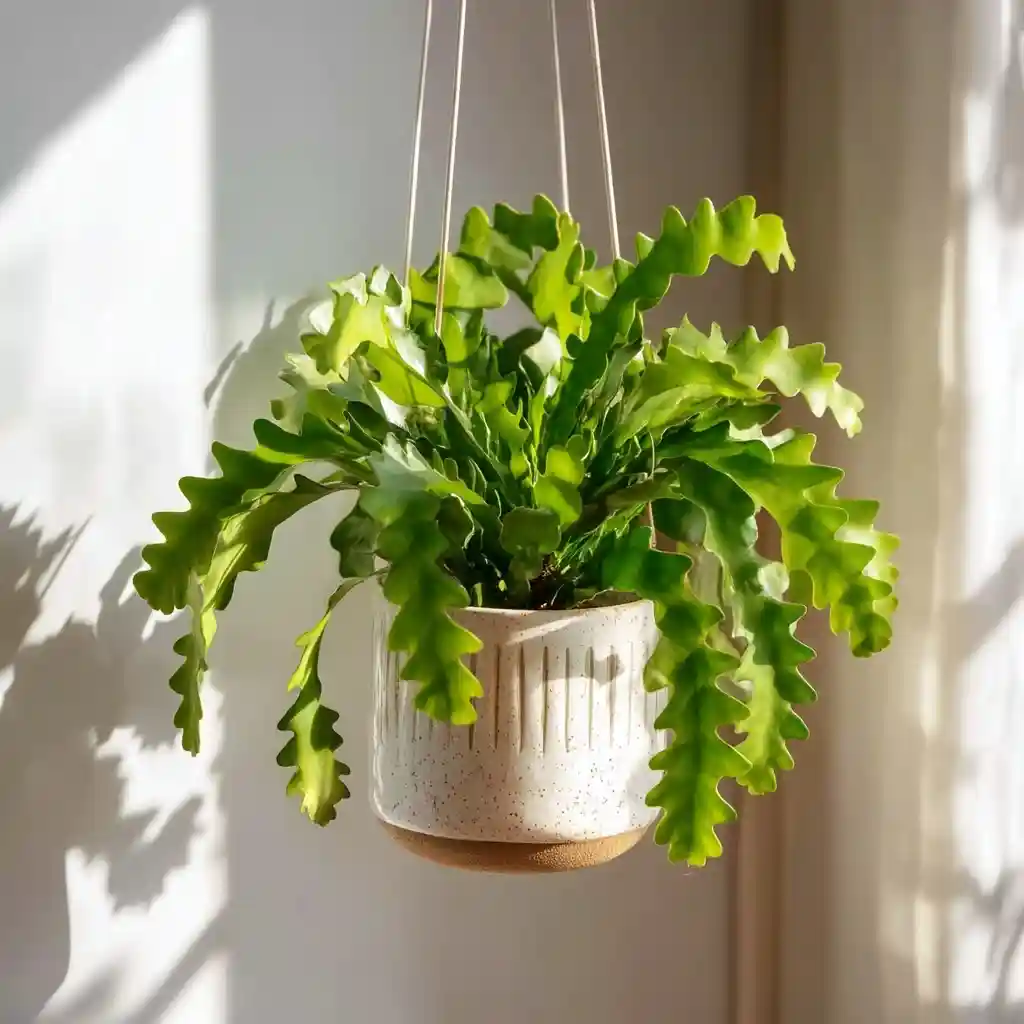
If you’re looking for something out of the ordinary, the fishbone cactus plant—also known as Epiphyllum anguliger or the zigzag cactus—is a standout choice. Unlike most cactus plants, this one has flat, wavy stems that resemble a fish skeleton, making it a favorite in hanging planters and modern plant displays.
Native to tropical forests rather than deserts, the fishbone cactus enjoys bright, indirect light and moderate humidity. It doesn’t mind slightly damp soil (as long as it drains well) and even rewards you with fragrant, night-blooming flowers under the right conditions.
This quirky cactus plant adds texture and movement to your indoor garden, making it a great conversation piece with minimal care needs.
7. Star Cactus
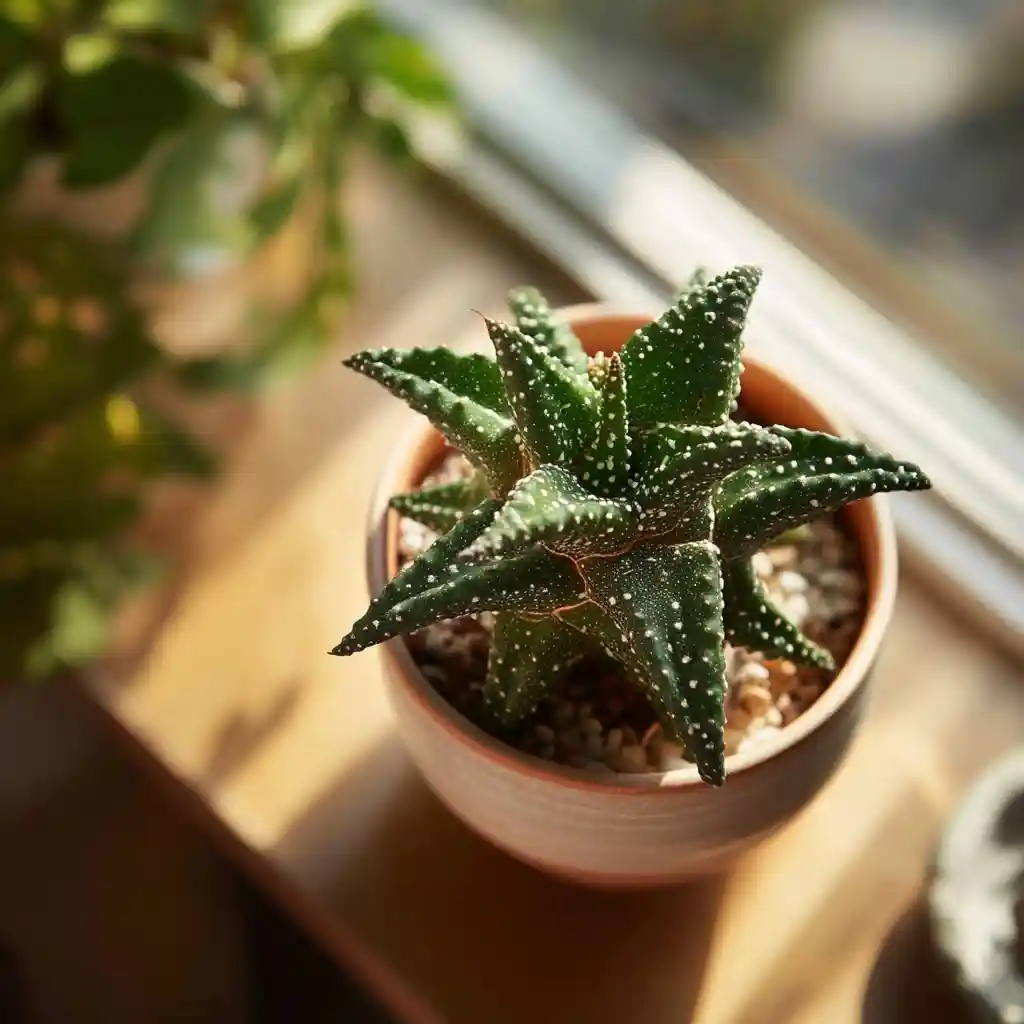
The star cactus plant, also known as Astrophytum asterias, lives up to its name with a symmetrical, star-like shape that looks almost too perfect to be real. Its flat, rounded body is divided into neat segments and often features tiny white dots, giving it a speckled, celestial look.
This small cactus thrives in bright, direct light and does best when watered sparingly—only when the soil is bone dry. It prefers a gritty, sandy mix to mimic the desert soil of its native regions in Mexico and Texas.
Because of its unique appearance and low-maintenance nature, the star cactus plant is ideal for windowsills, succulent trays, or minimalist plant arrangements.
8. Old Lady Cactus
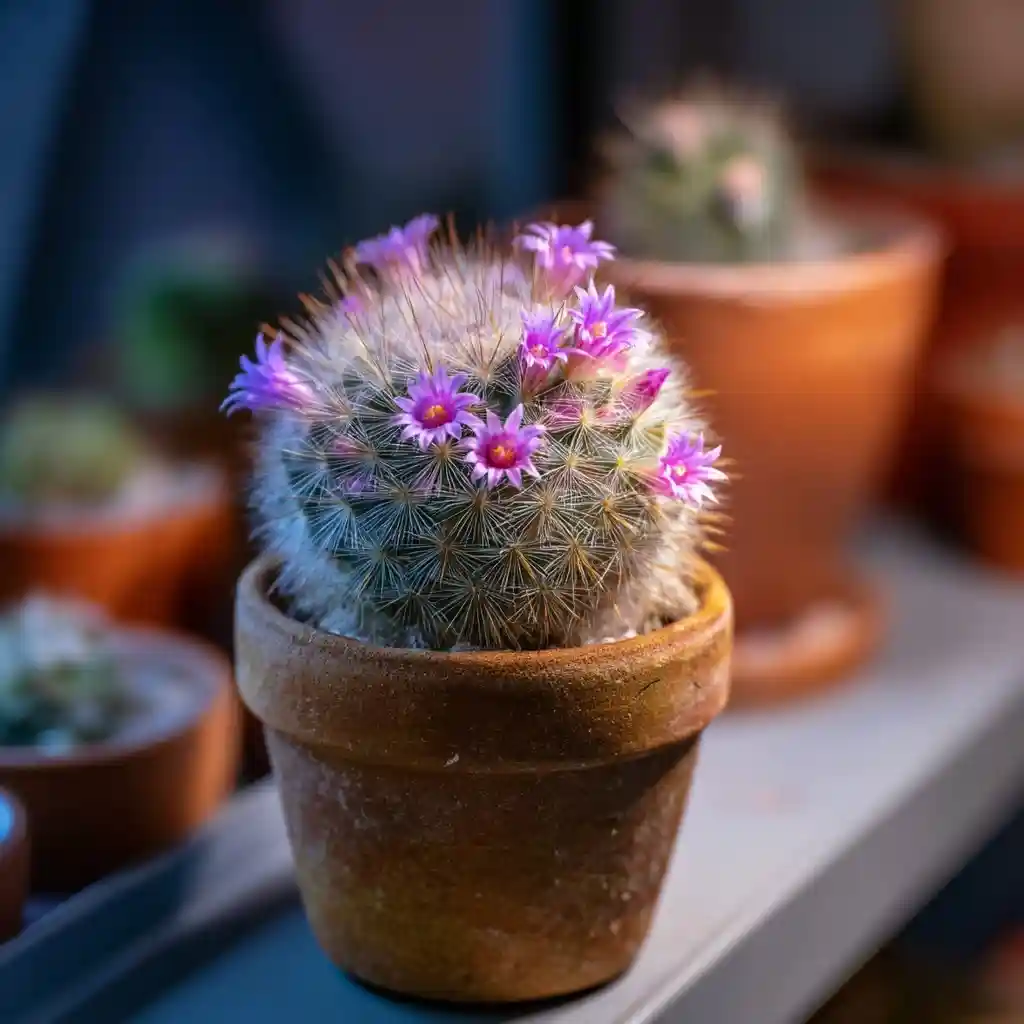
The old lady cactus plant, scientifically known as Mammillaria hahniana, earns its nickname from its fuzzy, white spines that resemble a head of silver hair. Don’t be fooled by the soft appearance though—those spines are still sharp! However, this little cactus is a real charmer, often crowned with a ring of tiny pink or purple flowers that make it look like it’s wearing a floral hat.
It’s a low-maintenance cactus plant that loves bright light and prefers dry conditions. Water it only when the soil is completely dry, especially in winter, and be sure it has excellent drainage.
The old lady cactus is a delightful addition to any sunny spot and a favorite for both beginners and seasoned collectors due to its compact size and personality.
9. Pincushion Cactus

The pincushion cactus plant is a tiny powerhouse packed with charm. Part of the Mammillaria family, it features a neat, rounded shape covered in small, orderly spines—just like a real pincushion. Some varieties even produce rings of bright pink or red flowers, making them incredibly photogenic.
This cactus plant is perfect for small pots, terracotta containers, or groupings on a sunny windowsill. It thrives in bright, direct sunlight and prefers to be watered sparingly. Let the soil dry out completely between waterings to prevent overwatering.
Thanks to its size and resilience, the pincushion cactus is ideal for people new to cactus care or those looking to add a cute, low-fuss plant to their indoor space.
10. Lepismium Cruciforme
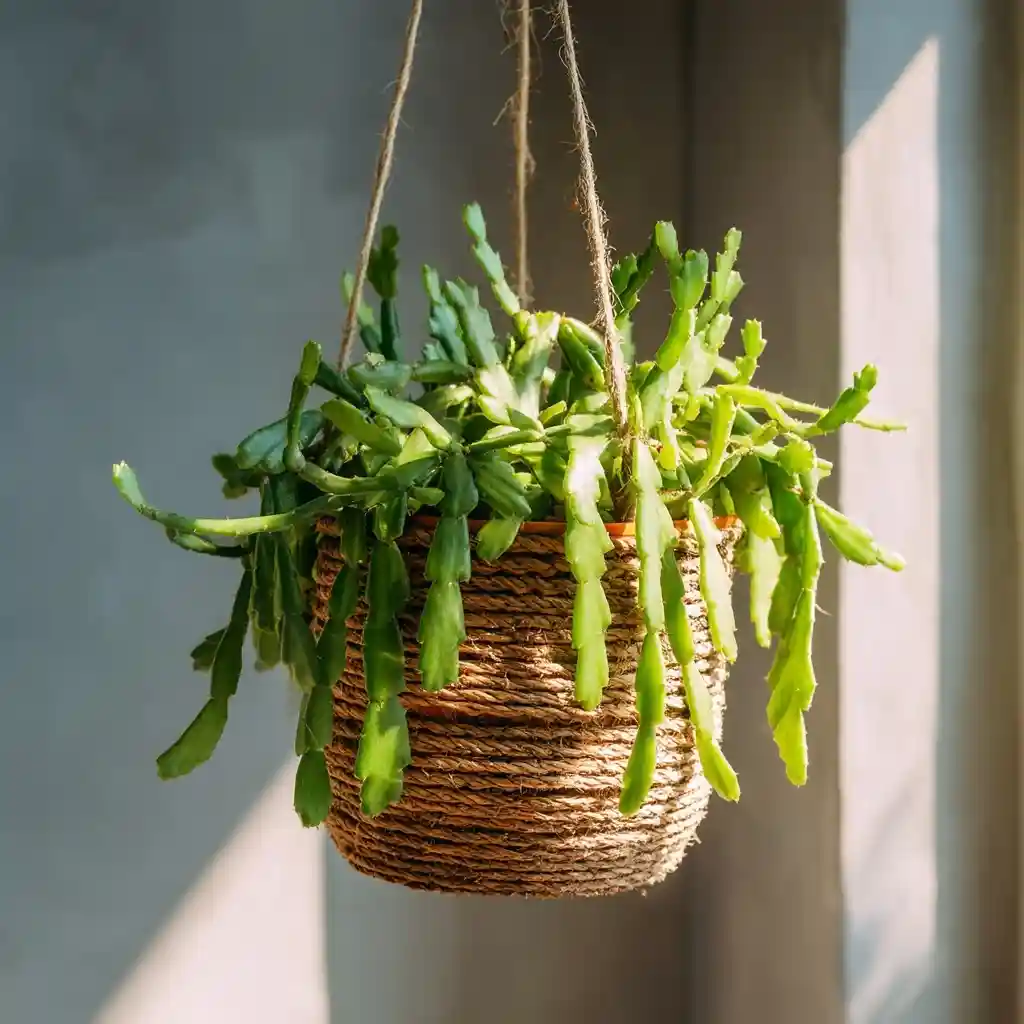
Trailing and tropical, the Lepismium cruciforme cactus plant brings a whole different vibe to your indoor garden. Unlike its desert cousins, this epiphytic cactus grows in rainforests and features long, segmented stems that hang gracefully from pots or hanging baskets.
Its stems are often green or slightly purple and may produce small, delicate flowers. Because of its jungle roots, Lepismium prefers bright, filtered light, moderate humidity, and more frequent watering than typical cacti—though always with well-draining soil.
Perfect for hanging planters or high shelves, the Lepismium cactus plant adds a lush, cascading texture that works beautifully in boho or natural-style interiors.
Conclusion
From spiky showstoppers to soft, trailing beauties, each cactus plant on this list brings its own personality and charm to indoor spaces. Whether you’re a seasoned plant parent or just starting your green journey, there’s a cactus plant to fit your space, lifestyle, and aesthetic. With minimal watering, a love of sunlight, and surprisingly diverse forms, cactus plants are a smart and stylish way to bring nature inside.
Just remember: give them good light, don’t overwater, and they’ll reward you with years of low-maintenance greenery—and maybe even a few cheerful blooms.
FAQ About Cactus Plants
Which cactus plant is best for beginners?
The Christmas cactus and pincushion cactus are both great choices for beginners. They’re hardy, easy to care for, and don’t require frequent watering—just a sunny windowsill and occasional attention.
How often should I water my indoor cactus plant?
Most indoor cactus plants only need to be watered every 2–4 weeks, depending on the season. Always let the soil dry out completely before watering again. Overwatering is the most common reason cactus plants fail indoors.
Can cactus plants survive in low light?
Cactus plants generally prefer bright, direct light, but some—like the fishbone cactus and Lepismium cruciforme—can tolerate bright indirect or filtered light. However, very low light can lead to weak growth or no flowering.
Do indoor cactus plants bloom?
Yes, many cactus plants bloom indoors! With the right care, varieties like Easter cactus, Christmas cactus, and hedgehog cactus can produce beautiful flowers during their blooming seasons.
What’s the best soil mix for cactus plants?
Use a well-draining cactus or succulent mix. You can also create your own by combining potting soil with coarse sand and perlite or pumice to prevent root rot and improve airflow.
Can I grow different cactus plants in the same pot?
Yes, as long as the species have similar light and watering needs, you can group them together. Just make sure the pot is wide enough, has proper drainage, and the soil isn’t kept too moist.
🌿 Love gardening inspiration? Follow me on Pinterest for bold plant ideas, tips, and seasonal color!
More Posts
